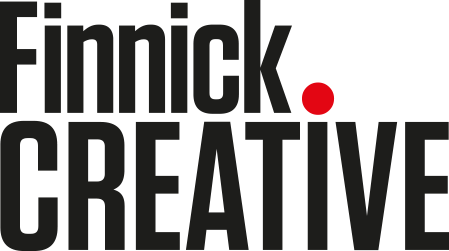The language used when discussing Graphic Design can be confusing to say the least!
If you’re professionally trained you will already have a sound understanding of the lingo used by graphic-designers, but if you’re self-taught it can get a bit overwhelming!
Allow us to explain the meanings behind the most commonly used graphic-design terms:
Anchor: A point on a line that can be ‘grabbed’ by the mouse and moved around the paper to change to curve shape.
Alignment: The setting of text relative to column/ page.
Artboard: The virtual ‘page’ onto which images are placed.
Balance: The considered placing of items on a page.
CMYK: Cyan, magenta, yellow and key (black) the four colours that make up the full-colour printing process.
Composition: The arrangement of objects or design-parts on a page.
Contrast: Noticeable dissimilarities in elements of a composition e.g. size, colour
Consistency: Design elements with similar attributes.
Crop Marks: Vertical and horizontal lines at the corners of images to show where the bleed area begins, and therefore where to trim
DPI: Dots per inch.
Element: One part of a design/ composition.
Font: One size, weight and width of a typeface.
Handle: An anchor point connected to the main vector path by tangential lines that can be manipulated to change the shape of a curve.
Hue: Distinguishes one colour from another – the colour’s generic name, e.g. Red.
Hyphenation: The point at which a word is broken at the end of a line in continuous text and a hyphen is used.
Negative Space: The white/ uncoloured area around an element.
Papergrain: The direction of wood fibres that make up a sheet of paper.
Path: A drawn line, also called a vector.
Perfect binding: loose sheets are encased in a heavier paper cover and glues to the book spine.
Pixel: The smallest element of an image or computer screen.
Positive Space: The opposite of negative space, the element/ form itself.
PPI: Pixels per inch.
Primary Colour: Red, yellow or blue.
Ranged left/ right: Paragraphs aligned to the left/ right of a page.
Repetition: The repeated used of an object/ element.
Repetition with Variation: The repeated use of an object/ element but with alteration of selected aspects e.g. colour
Resolution: The resulting output from a digital camera, the clarity of a digital image.
Saturation: Colour roughly equivalent to brightness.
Secondary Colour: A mix of two primary colours e.g. orange, green or violet.
Shade: A colour with added black.
Spot Colour: Any flat colour, printed as solid and not made up of CYMK.
Thumbnail: Small, inexact visual representation of the final design.
Tint: A colour with added white
Tone: The relative lightness/ darkness of a colour.
Typeface: A family of fonts, within a typeface there will be multiple fonts of various sizes, weights etc.
We hope this helps!
Call us for all your Graphic Design needs: 01242 546945


Recent Comments